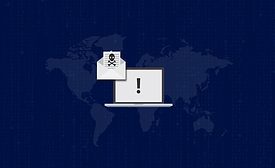Cybersecurity News
Intelligence failures regularly occur at large US companies, resulting in physical threats
Active shooter events, threat or harm to CEOs, their family members and employees have occurred due to intelligence failures.
August 2, 2021
Cyber Tactics
Emerging technology, evolving threats — Part I: Quantum computing
August 2, 2021
Sign-up to receive top management & result-driven techniques in the industry.
Join over 20,000+ industry leaders who receive our premium content.
SIGN UP TODAY!Copyright ©2024. All Rights Reserved BNP Media.
Design, CMS, Hosting & Web Development :: ePublishing











